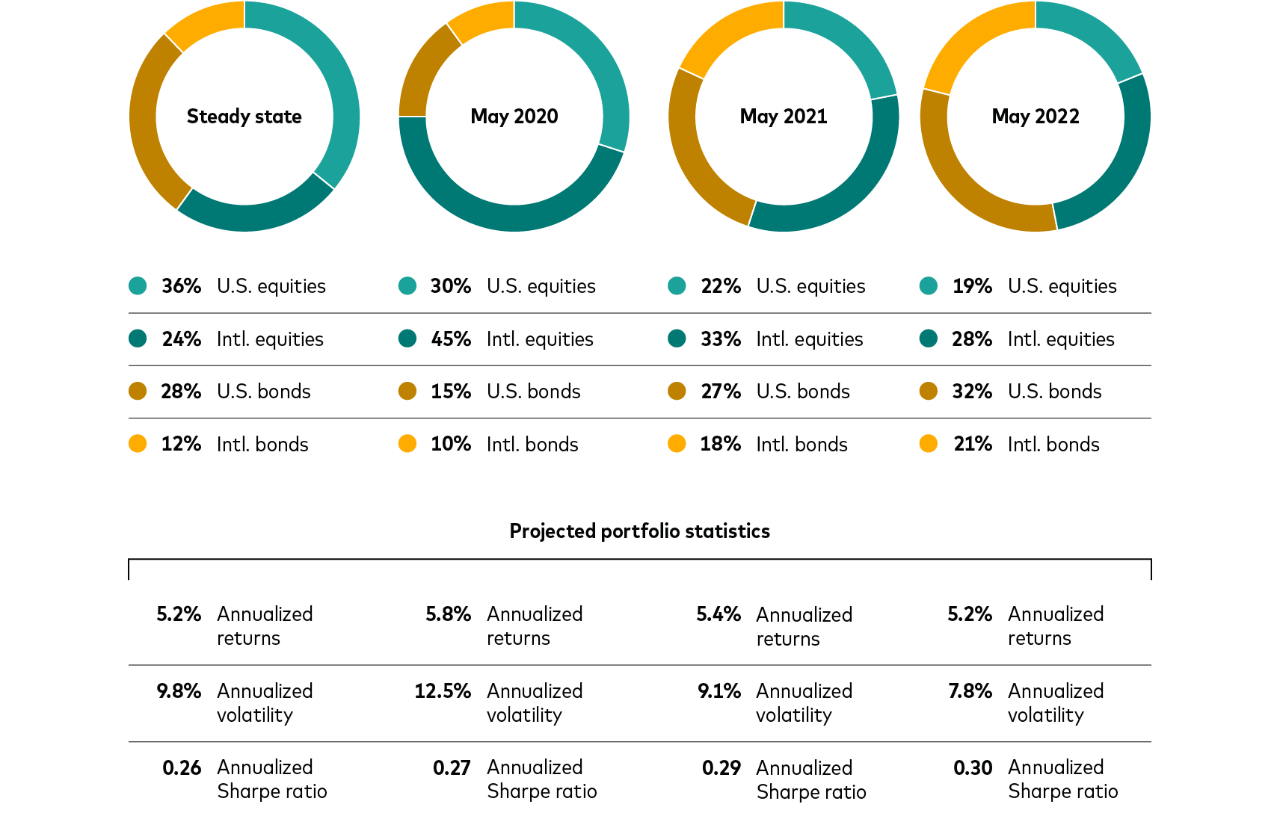Expert insight
Rate cuts unlikely until shelter inflation is tamed
July 11, 2024
Whether the Federal Reserve can cut interest rates this year will almost certainly depend on whether it believes it has tamed inflation. The most recent Consumer Price Index (CPI) data would appear to bolster the Fed’s rate-cut case, though further progress in slowing shelter inflation remains essential.
“The Fed wants to cut interest rates,” said Josh Hirt, a Vanguard senior economist. “The current policy rate is well above estimates of the equilibrium rate, and the Fed knows that the longer the policy rate stays in restrictive territory, the higher the risk that it slows the economy too forcefully. The Fed is looking for a reason to cut, but it also can’t ignore that cutting too soon—especially with the labor market and wage growth still strong—could risk reigniting inflation.”
Vanguard’s baseline view is that the Fed will find it is unable to confidently cut its target for the federal funds rate this year from its current level, a more than two-decade high of 5.25%–5.5%. But it’s a fine line, and the July 11 CPI report keeps alive prospects for a 2024 rate cut. Headline CPI rose 3.0% in June from a year earlier, lower than consensus. On a month-over-month basis, broad prices fell by 0.1%.
Financial markets are pricing in roughly two quarter-point rate cuts this year following the latest CPI report. The Fed will now look for progress in its preferred measure of inflation, the core Personal Consumption Expenditures (PCE) price index. That measure typically follows the CPI report by a couple of weeks. Vanguard believes that core PCE not including shelter components will continue to moderate but shelter inflation is likely to remain sticky, around 0.4% month over month. “Shelter is a key driving force that we expect to keep overall inflation elevated,” Hirt said.
Core PCE, which excludes volatile food and energy prices, fell to 2.6% year over year in May. However, we expect that base effects, or challenging comparisons to year-prior data, will push core PCE higher again. We believe it won’t fall below a range which would justify rate cuts, near 2.5%, until 2025.
“Risks for the Fed are more balanced between taming inflation and maintaining a healthy labor market,” Hirt said. “A continuation of supportive inflation data such as the latest CPI report will open more widely the door to a rate cut this year, possibly as early as September. But as long as the economy maintains momentum, the Fed has the opportunity to err on the side of patience. We believe the Fed’s path forward will be a cautious one even if it begins easing policy sooner than we expect.”
Shelter inflation will need to drop considerably for the Fed to cut rates


Notes: Grid units show the core PCE levels that result from various combinations of shelter and nonshelter core PCE components. A substantial change in the shelter component would be required to make a modest but meaningful change in core PCE. Color-coding denotes the core PCE values where we believe the Fed would likely cut, hold, or hike interest rates. Values shown reflect a subset of potential outcomes.
Source: Vanguard calculations using data as of July 3, 2024, from Refinitiv.
Contributor
Notes: All investing is subject to risk, including the possible loss of the money you invest.
